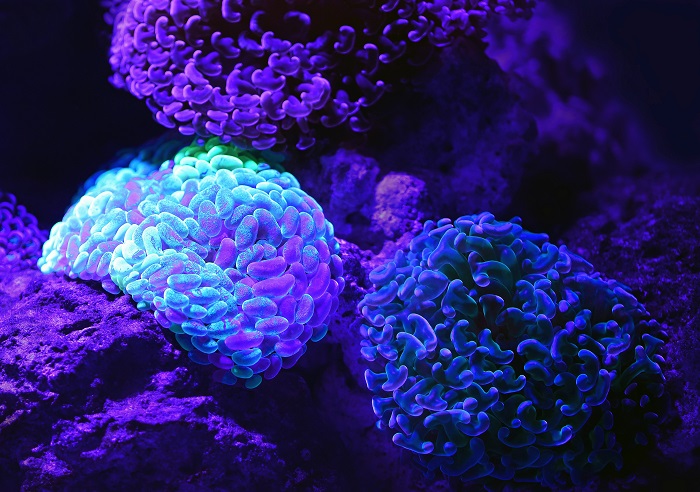When we think of the immune system, often what comes to mind are antibodies—those protein powerhouses that seek out and destroy pathogens. But there’s a lesser-known aspect of antibodies that plays a crucial role in their function: glycosylation. This process, where sugars are attached to proteins, is like adding a key modification that can drastically change how antibodies work.
What is Glycosylation?
Glycosylation is a ubiquitous process where sugars (glycans) are attached to proteins or lipids. It’s like adding a sparkly decoration to a molecule, and those decorations can drastically change how the molecule behaves. From influencing protein folding to modulating interactions, glycans play a vital role in many biological processes. For antibodies, glycosylation is particularly important.
The Glycans of Antibodies
Antibodies are built like a Y, with two “arms” that recognize specific targets. Nestled in the hinge between those arms is a region where glycans attach. These glycans aren’t just random decorations; they’re highly specific and can influence everything from how antibodies fold properly to how they interact with other immune cells. The type and structure of these glycans can vary, leading to a diverse array of potential functions.
Glycosylation and Antibody Function
The type and structure of these glycans can modulate antibody activity. Some glycans might enhance antibody-dependent cellular cytotoxicity (ADCC), where antibodies flag cells for destruction by immune cells. Others could promote inflammation or affect how long antibodies stick around in the bloodstream. By altering the glycans attached to antibodies, scientists can potentially fine-tune their activity for specific therapeutic applications.
Glycosylation in Disease
Changes in antibody glycosylation have been implicated in various diseases. For example, in rheumatoid arthritis, alterations in antibody glycans might contribute to the autoimmune response, where the body attacks its own tissues. In cancer, tweaking antibody glycans is being explored as a way to enhance the effectiveness of antibody-based therapies, which harness the power of antibodies to target cancer cells.
The Future is Glycosylated
As we better understand the complex interplay between antibodies and their glycans, we may uncover new ways to tailor immune responses. This “glycoengineering” could lead to more potent vaccines or therapies, where the glycans on antibodies are optimized for the desired outcome. By designing antibodies with specific glycans, researchers hope to create more effective treatments for a range of diseases.
Decoding the Glycan Language
But there’s still much to learn. Glycans speak a complex language that science is still deciphering. With hundreds of possible glycan structures, understanding how each one influences antibody function is a daunting task. Advances in technologies to analyze and manipulate glycans will be key to unlocking the full potential of antibody glycosylation.
A Sweet Spot in Immunology
Antibody glycosylation sits at the intersection of immunology, glycobiology, and medicine. By continuing to explore this fascinating area, we may find new ways to harness the power of the immune system and develop innovative treatments for disease. As researchers delve deeper into the complex world of glycans, they may uncover new secrets about how our bodies defend themselves – and how we can aid in that defense.



